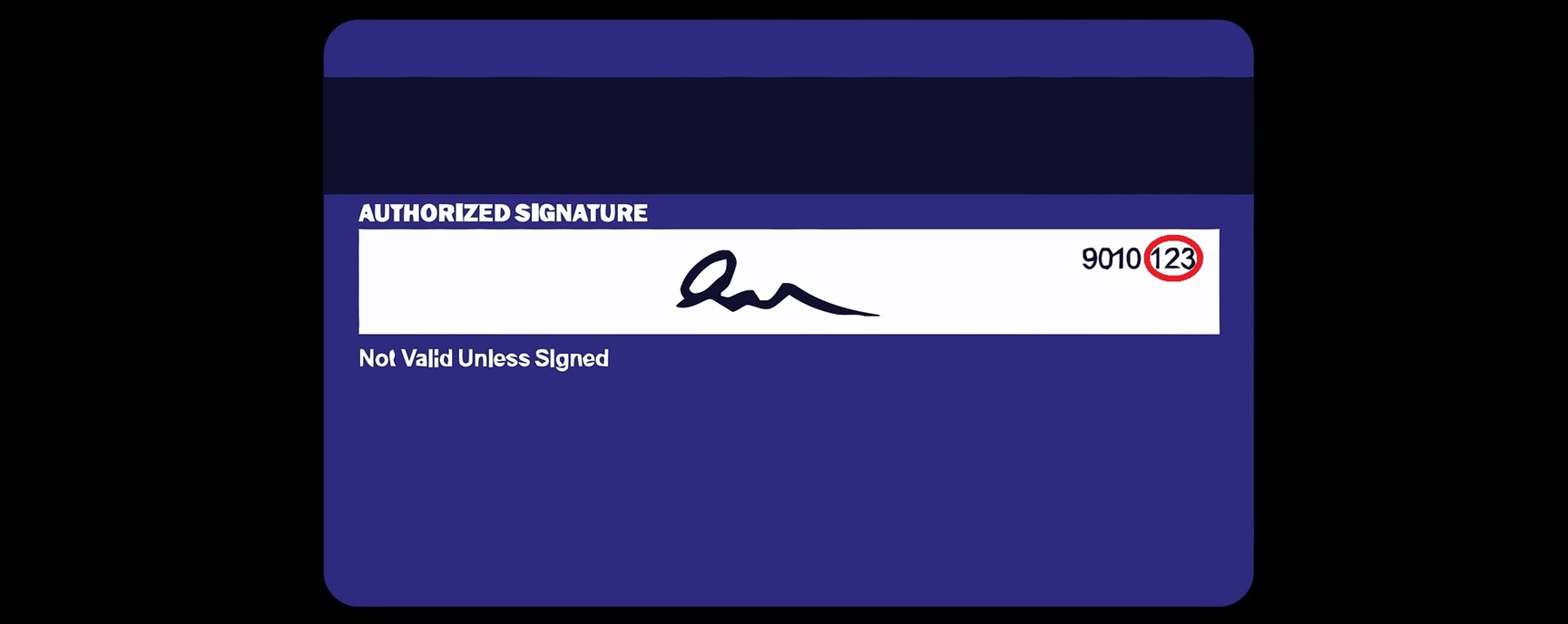A CVV code, or Card Verification Value, is a three or four-digit number found on credit and debit cards, serving as an additional layer of security for card transactions.
This code is typically located on the back of the card for Visa and Mastercard, while American Express cards display it on the front. The primary purpose of the CVV code is to help verify that the person making a purchase possesses the physical card, thereby reducing the risk of fraud in card-not-present transactions, such as online or over-the-phone purchases. When entering payment information, providing the CVV code is essential for completing the transaction securely.
How to CVV Codes Work?
Card Verification Values (CVVs) function by providing a dynamic layer of security during electronic transactions.
When a cardholder makes a purchase, the CVV code is sent to the payment processor along with other card information, such as the card number and expiration date. The processor then verifies the CVV against the information stored with the card issuer. If the CVV matches the issuer’s records, it confirms that the purchaser has physical access to the card, thus helping to validate the transaction’s legitimacy.
This additional verification step mitigates the likelihood of unauthorized transactions and enhances overall payment security, particularly in scenarios where the card is not present.
Do Card Verification Values Really Help Stop Fraud?
Card Verification Values (CVVs) are considered an effective tool for enhancing security in electronic transactions, particularly in card-not-present situations. They serve as a deterrent against fraud; since a CVV is not stored with the card number or encoded in the card’s magnetic strip, it is less accessible to thieves who may steal card information.
However, while CVVs significantly reduce the incidence of fraudulent transactions, they are not foolproof. More sophisticated methods of fraud, such as phishing or data breaches, can lead to situations where a criminal obtains both the card details and the CVV.
Nonetheless, studies have shown that merchants who implement CVV verification see lower rates of chargebacks and fraud, suggesting that while CVVs may not eliminate all fraudulent activity, they remain a crucial part of a layered security approach in digital payments.
Tips for Merchants to Use CVVs More Effectively to Deter Fraud
- Implement Mandatory CVV Checking: Ensure that your payment processing system requires customers to enter the CVV code during the transaction process. This helps to confirm that the buyer has physical access to the card.
- Educate Customers on Security: Provide resources or information to your customers about the importance of CVVs and overall transaction security. This can help build trust and encourage them to report suspicious activities.
- Monitor Transactions for Red Flags: Utilize tools that flag transactions exhibiting unusual patterns, such as multiple purchases in a short timeframe or high-value transactions from new accounts, and review those regardless of CVV verification.
- Stay Updated on Fraud Trends: Keep abreast of the latest fraud schemes and tactics so you can adapt your security measures accordingly, including how CVVs are targeted by criminals.
- Encourage Strong Passwords and Two-Factor Authentication: While CVVs add a layer of security, coupling them with robust customer account protections, such as comprehensive passwords and two-factor authentication, can further reduce the risk of fraud.
- Engage in Regular Security Assessments: Periodically evaluate your payment systems and processes to identify vulnerabilities, ensuring that CVV handling aligns with current best practices in payment security.
Most importantly, merchants should recognize that CVVs are just one component of their strategy. They need to adopt a multilayer strategy to stop fraudsters. This includes implementing advanced fraud detection tools, utilizing secure payment gateways, and staying up-to-date on the latest security protocols. Merchants should also have a plan in place for handling potential data breaches and responding quickly to any suspicious activity.
Overall, CVVs are an essential tool for preventing credit card fraud, but they should not be relied upon as the sole means of protection. By following these best practices and continually updating their security measures, merchants can stay one step ahead of fraudsters and protect both their business and their customers’ sensitive information. With a strong focus on security, merchants can build trust with their customers.
